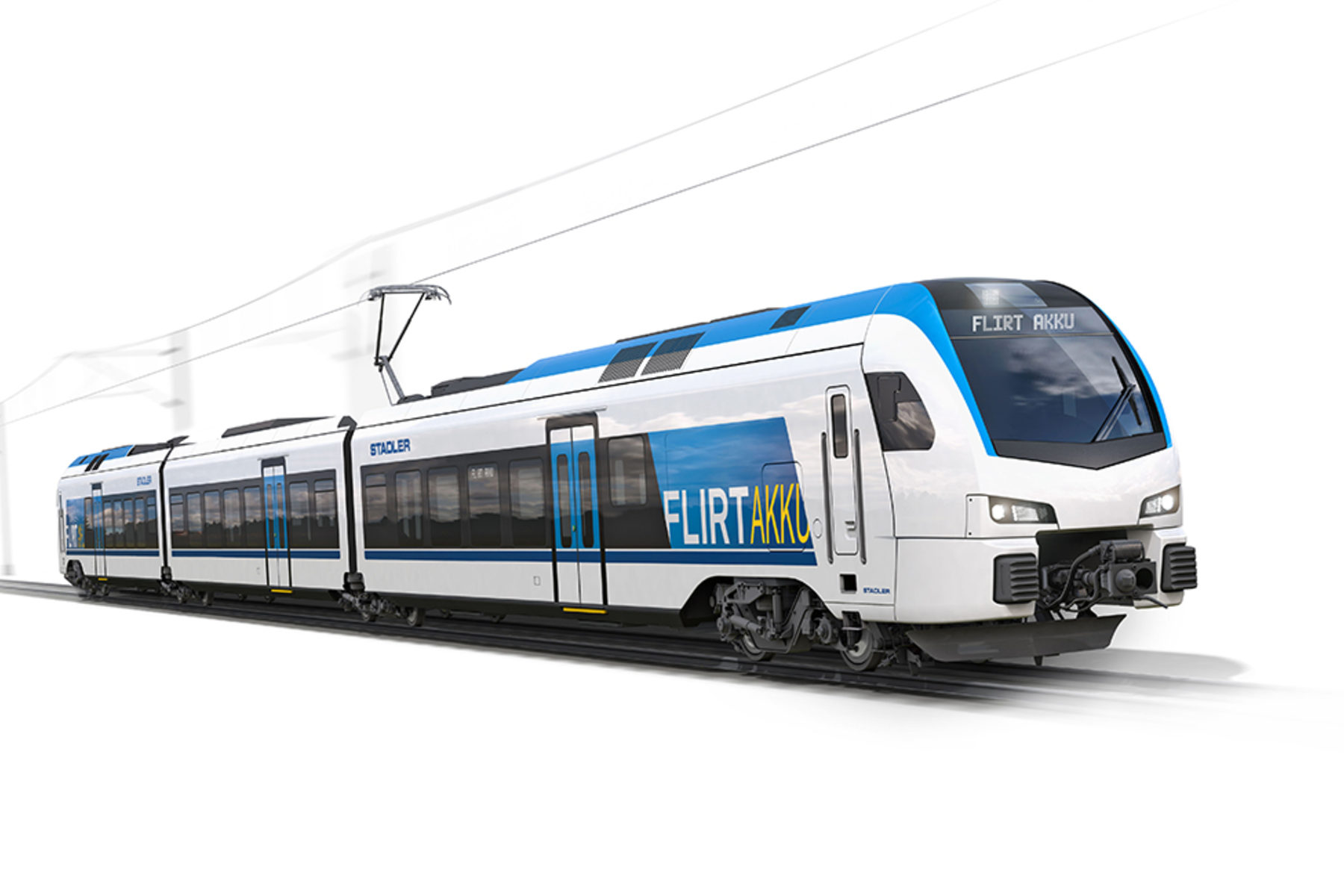Remarkable: Partially Hungarian-built hydrogen train sets Guinness record – PHOTOS, VIDEO

Stadler’s hydrogen train, named FLIRT H2, has entered the Guinness Book of World Records for the longest distance travelled by a hydrogen-powered passenger train without refuelling or recharging, the company announced in a statement. The world record-breaking train was partly built at Stadler’s carriage factory in Szolnok, Eastern Hungary.
About Stadler’s hydrogen train FLIRT H2

According to the official website of Stadler, rail transport is the most sustainable mobility solution of all, due to its low energy consumption per passenger kilometre. “Electric drive via overhead contact line is particularly efficient and enables emission-free operation of trains, trams and locomotives,” they write. “Stadler has developed the hydrogen-powered FLIRT H₂ model for routes where diesel trains are still in use today,” the company adds.
The Guinness record

According to Telex, the range of hydrogen trains – the distance they can travel without refuelling – is typically around 1,000 kilometres. The FLIRT H2 has now far surpassed this:
it covered a total of 2,803 kilometres in more than 46 hours on a single refuelling between 20 and 22 March.
With this, Stadler’s FLIRT H2 officially holds the world record for the longest distance travelled by a hydrogen-powered passenger train without refuelling or recharging. The record attempt was carried out at the ENSCO test centre in Pueblo, Colorado, under the close supervision of the Guinness World Records team.
Not the first Stadler railway vehicle to set a Guinness record

The FLIRT H2 is Stadler’s second Guinness World Record-winning alternative propulsion train. The FLIRT Akku, the battery-powered FLIRT model, set the world record for the longest journey in pure battery mode by a battery-powered motor train in December 2021, covering 224 kilometres in Germany, Telex writes.
The FLIRT Akku, the battery-electric variant of the bestseller FLIRT and built in 2017, is Stadler’s first battery-powered railway vehicle. The vehicle concept is based on the well-established FLIRT electric multiple units and is designed for operation under overhead lines.
The FLIRT Akku is a single-decker, lightweight aluminium vehicle, which can be used in two or four-car trains. As Stadler reports, like the FLIRT, it can be manufactured according to the customers’ needs and tailored to the network it will operate on. Multiple traction with purely electric single and double-decker vehicles is also possible.
How does a railway vehicle run on hydrogen?
Stadler’s FLIRT H₂ vehicle is an electric multiple unit with hydrogen fuel cells where hydrogen is converted into electricity. This electricity serves several functions including powering the train, charging the lithium-ion traction batteries and feeding the HVAC system on board. The vehicle accelerates and brakes using electric energy alone, and kinetic energy is stored in the batteries during braking.
Green hydrogen is produced from water by electrolysis, allowing surplus renewable electricity to be stored chemically. This is kept in tanks on the train, making it possible to cover long distances without recharging the batteries. State-of-the-art hydrogen technology can thereby replace diesel-powered railway vehicles on short and medium sections of track, Stadler writes.
Read also:
- Direct flight may connect Budapest with this exotic Southeast Asia metropolis
- It will be hard to reach Budapest Airport in April: road maintenance begins
Source:



